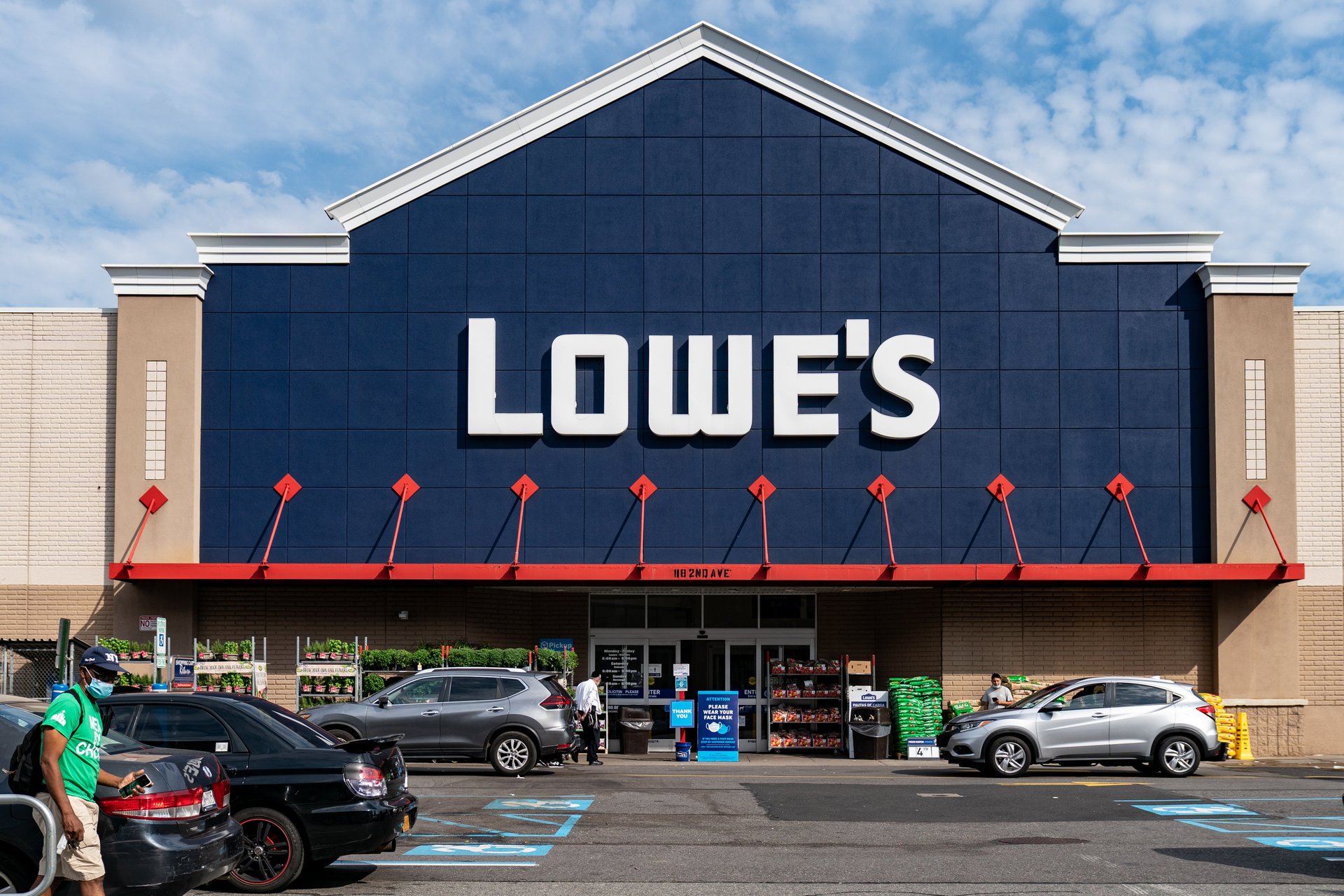Lowe's stock pops even as consumers hold off on making big purchases
The home improvement retailer beat Wall Street's earnings expectations even as consumers held off on DIY projects

Lowe’s is continuing to face headwinds as it grapples with a slowdown in home sales, higher interest rates, and a pullback in consumer spending.
Suggested Reading
But even so, shares of Lowe’s popped during early hours, trading at $234, after the company reported first quarter earnings on Tuesday that beat Wall Street’s sales expectations.
Related Content
The home improvement retailer reported $21.36 billion, about $3.06 earnings per share. Analysts forecasted it would report $21.12 billion, about $2.94 earnings per share, according to FactSet.
“We are pleased with our start to spring, driven by strong execution and enhanced customer service,” said Marvin R. Ellison, Lowe’s chief executive officer, in a statement.“This quarter we rolled out our new DIY loyalty program nationally, expanded same-day delivery options and took market share in key categories.”
The North Carolina-based retailer’s latest results may come as a suprise. In part because back in February, Lowe’s pointed to a 6% sales decline, led primarily by a slowdown in DIY demand and unfavorable winter weather in January.
But Lowe’s isn’t alone in its struggle to reach consumers. With high inflation levels and borrowing costs placing a damper on the housing market, costly renovations and big-ticket purchases have largely been placed on hold.
Lowe’s, however, may be facing the impact more immediately than its competitor Home Depot, which primarily relies on pro shoppers.
Softer demand has also been the fate for Home Depot. Earlier this month, the U.S.’s largest home improvement retailer reported mixed first-quarter earnings, in which it revealed that sales slipped 2.8% during its fist quarter, due in part to continued softness from consumers holding off on larger discretionary projects.
Nonetheless, Lowe’s has high hopes it can keep reaching consumers. In early April, Lowe’s signed an agreement with food delivery platform DoorDash to give consumers quick access to everyday tools, including last-minute materials to complete projects of all sizes.
Lowe’s reinforced its full year forecast. It expects comparable sales to be down 2% to 3% and total sales to be between $84 to $85 billion. That’s still lower than the $86.38 billion it had during the fiscal 2023 year.
